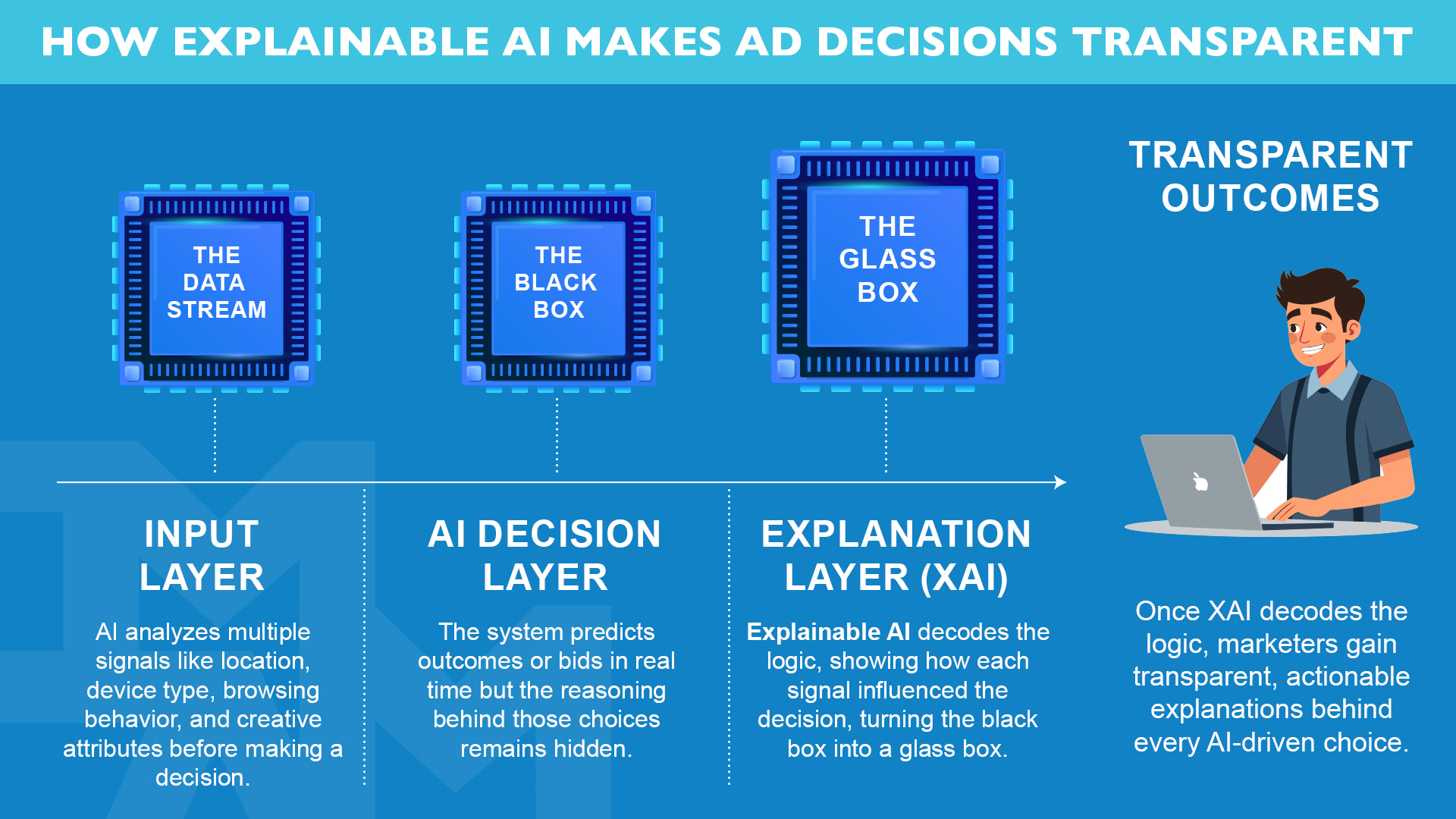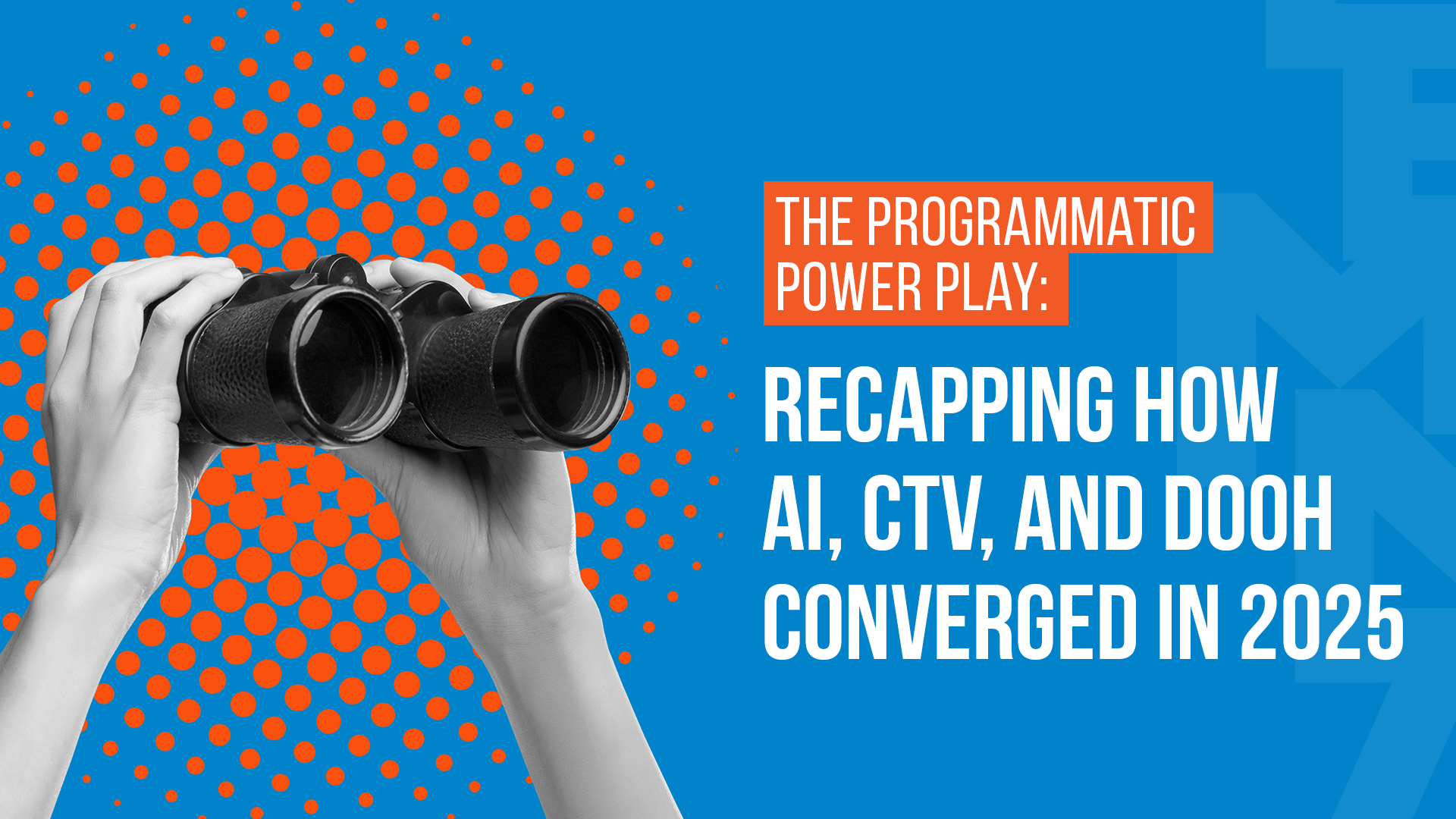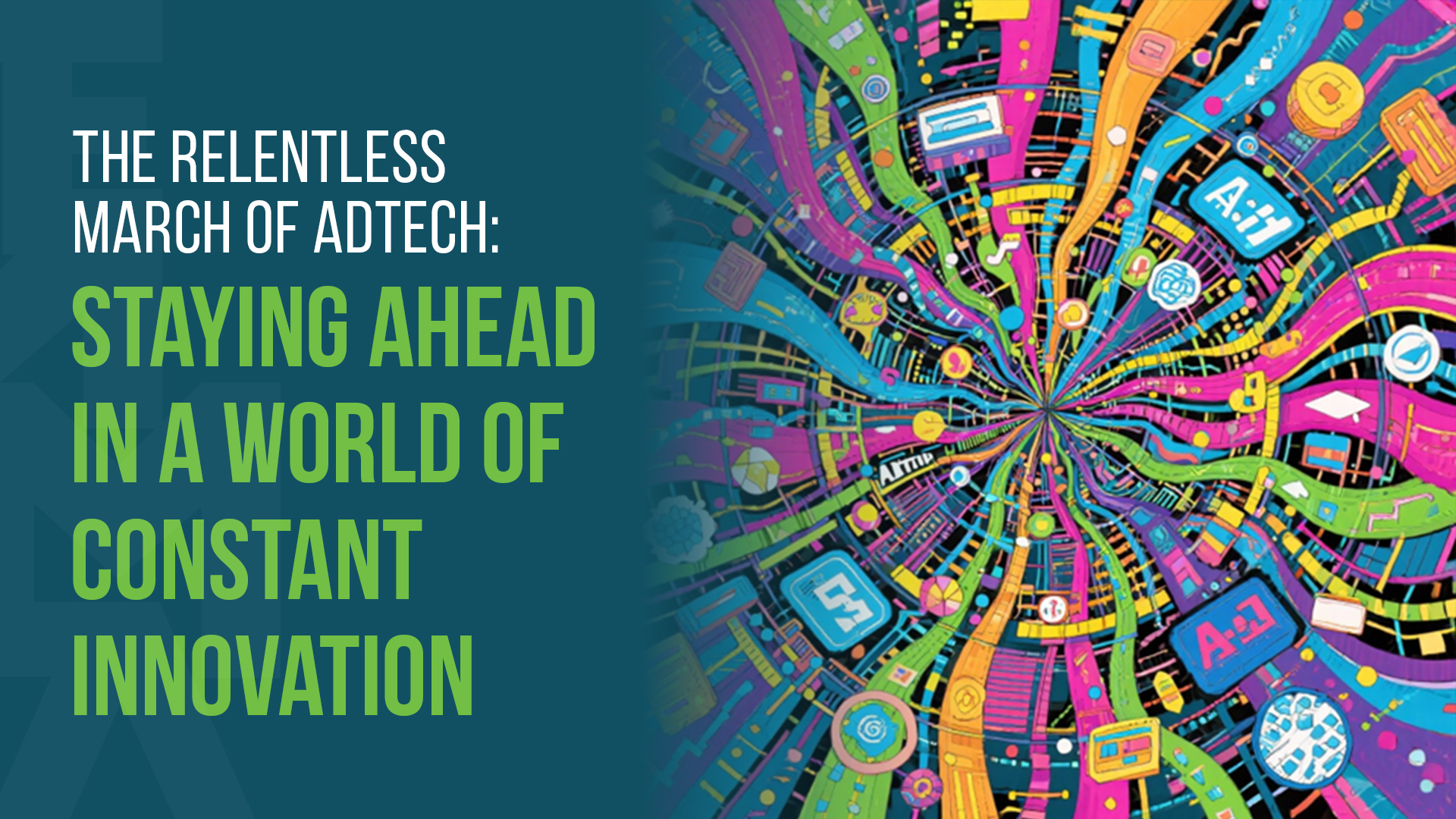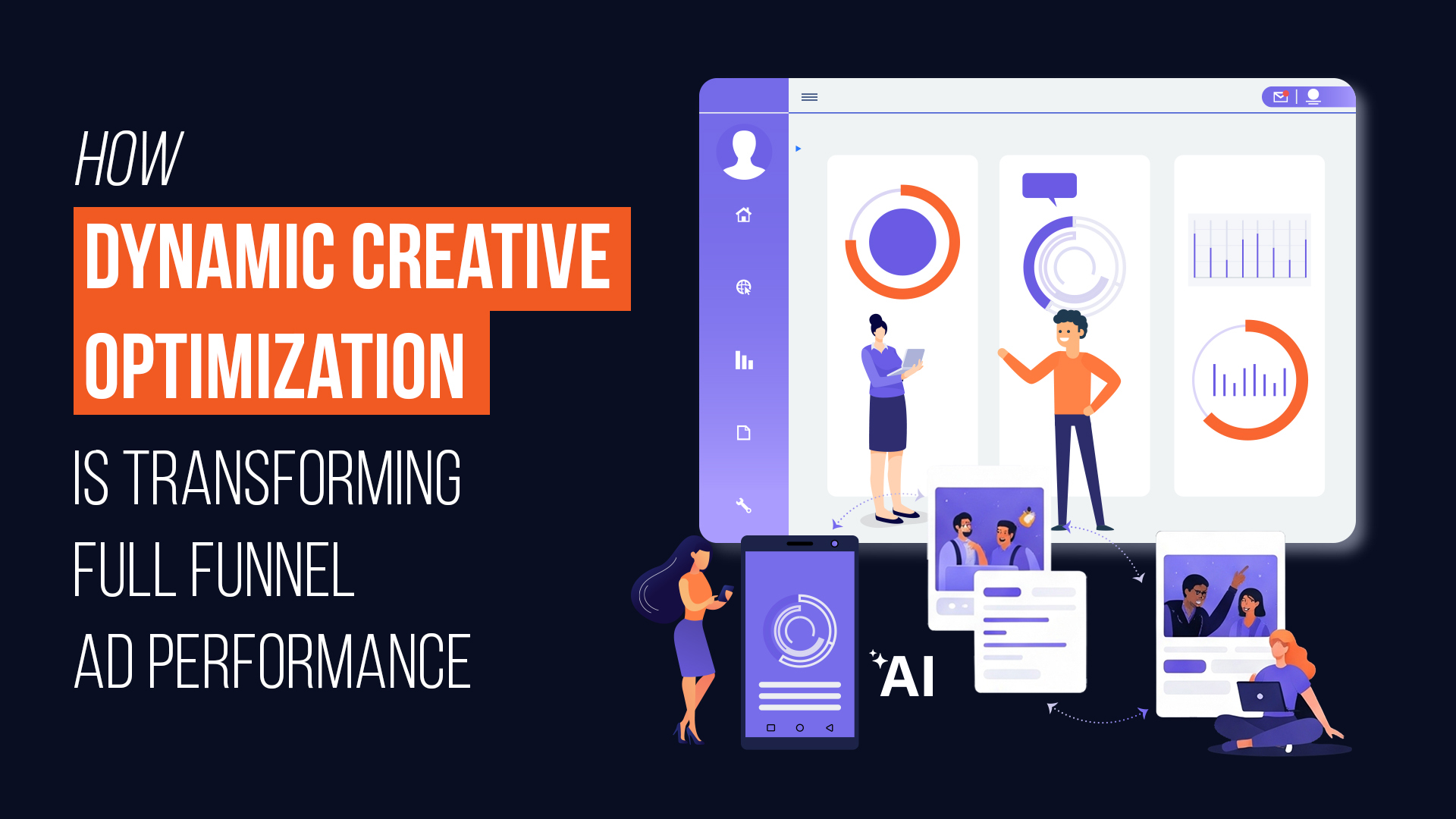Programmatic advertising has revolutionized how brands reach audiences: fast, data-driven, and relentlessly optimizing. Yet, beneath this efficiency lies a persistent paradox: marketers see what works, but not why it works.
Why did the system bid X$ for one impression and skip the next? Why was one user shown a premium SUV ad while another wasn’t? Why did a specific creative outperform others overnight?
These are questions most systems can’t answer because they operate inside what the industry calls a “black box.” Algorithms make millions of decisions per second, but the logic behind those decisions is hidden from human eyes. This lack of visibility has created a trust deficit in AdTech. As automation scales, so do questions about transparency, accountability, and fairness.
That’s where Explainable AI (XAI) steps in turning the black box into a glass one.
XAI Defined: AutoML to the X-AutoML Glass Box
In essence, Explainable AI (XAI) is artificial intelligence that can justify its decisions. Instead of simply optimizing for outcomes (“show this ad to that user”), it also explains why identifying which data points influenced that choice and to what extent. It’s not a new algorithm but a new layer of transparency built into automation, often powered by techniques such as LIME and SHAP.
Traditional programmatic systems relied on AutoML (Automated Machine Learning) to chase peak performance metrics like ROAS or CTR. The next evolution, X-AutoML (Explainable Automated Machine Learning) merges that efficiency with interpretability, ensuring every decision made by DSPs, SSPs, and Ad Exchanges is both high-performing and explainable.
Visualizing Explainable AI in Action
To simplify how Explainable AI brings clarity to automated decisions, imagine the programmatic ecosystem as a journey from raw data signals to transparent insights. XAI acts as the translator between complex algorithms and human understanding, revealing how each factor influences an outcome. Here’s how it turns the black box of automation into a glass box of accountability:

How XAI Builds Transparency Across the Programmatic Ecosystem
- Bidding Transparency: Explaining Every Dollar Spent
In programmatic, every bid is a micro-investment. XAI makes these investments auditable. Marketers can trace exactly which data signals justified a bid price, ensuring smarter budgets, not blind spending.
This isn’t just about accountability, it’s about confidence. When you understand why an algorithm bids higher or lower, optimization becomes strategy, not guesswork.
- Creative Optimization: Data-Backed Storytelling
AI-driven creative optimization has often felt like magic, certain headlines or colors just “work.” With XAI tools like LIME, that magic becomes measurable.
Marketers can see why a creative performed better: maybe the phrase “limited offer” boosted engagement, or a bright color palette drove higher recall. This helps brands iterate faster, blending human creativity with machine intelligence transparently.
- Bias Detection in Targeting: Making Automation Fair
Programmatic targeting, while efficient, can unintentionally amplify bias.
XAI surfaces hidden correlations for instance, if users from certain ZIP codes or demographics are being over or under-targeted.
By auditing these factors, advertisers can ensure campaigns remain inclusive, ethical, and compliant with global ad standards.
The Emerging Media Lens: Transparency Beyond the Browser
In channels like Digital-Out-of-Home (DOOH) and Connected TV (CTV), where ads appear in shared, high-visibility environments, explainability becomes even more essential. Today, platforms like Lemma already offer campaign-level transparency, marketers can track when, where, and how often their ads are displayed across screens.
However, Explainable AI (XAI) pushes this visibility further by revealing why those placements happen. In DOOH, for instance, XAI can clarify the reasoning behind ad triggers: “Served at airport lounges between 6–9 AM to reach high concentrations of business travelers.” Similarly, in CTV, it can decode audience-based ad logic, showing which contextual cues, such as genre affinity, viewing history, or time slot, influenced delivery.
This level of clarity not only strengthens brand credibility but also reinforces accountability in a world where automated decisions play out across millions of public and connected screens.
The Future of Accountable Automation: Trust as a Performance Metric
As AdTech moves into a cookieless, privacy-first era, Explainable AI (XAI) will be the backbone of trust. It turns every impression, every bid, and every creative choice into a decision you can see, understand, and justify.
Building this trust is not merely a philosophical goal, it’s a direct precursor to business success. According to Gartner, 57% of business units in high-maturity organizations trust and are ready to use new AI solutions, compared to a mere 14% in low-maturity organizations. This data confirms that transparency is the key to widespread adoption and tangible value generation.
The next phase of programmatic innovation won’t just be about precision; it will be about proof. Ultimately, in the new age of AdTech, transparency is the highest-yielding currency.
At Lemma, that’s the future we’re building toward, where innovation meets accountability, and trust becomes the ultimate performance metric.














